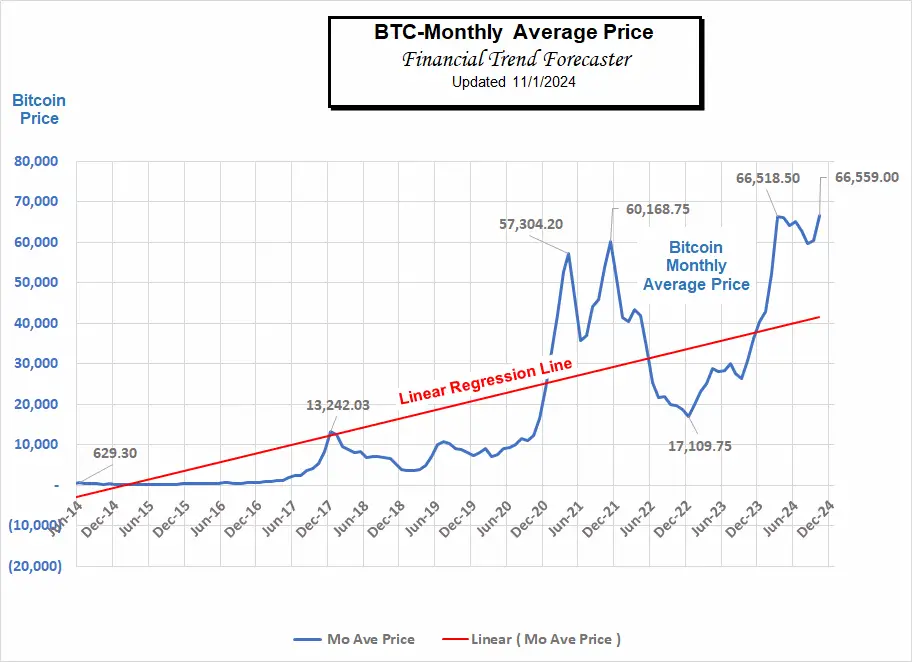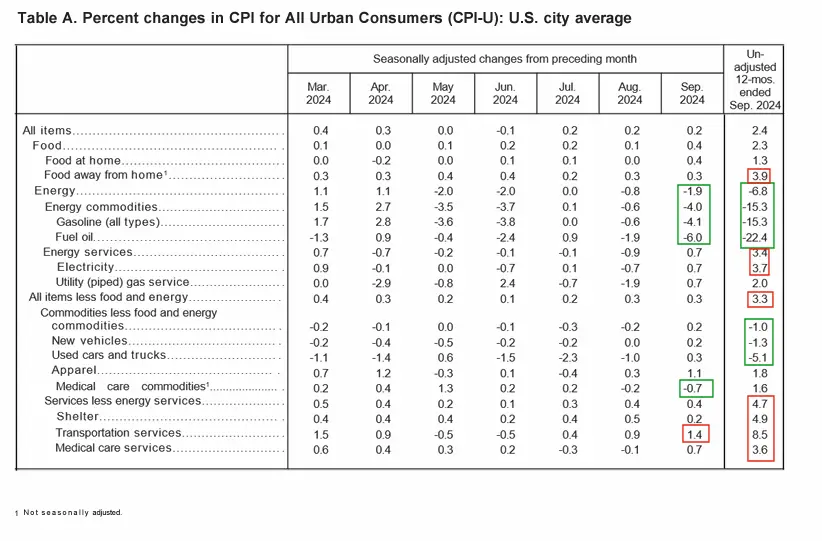After a sustained period of post-COVID inflation, prices for household goods and food have begun to stabilize between two and three percent. However, if you happen to have dug out an old receipt from a pre-COVID food shop, you may be shocked to see how much more you pay for everyday items and ingredients. This is because the effects of inflation are cumulative and compounding. So, three consecutive years of 2% inflation results in more than 6% cumulative inflation and if you throw in one year of 9% inflation prices really soar.
The rapid change in food prices is largely driven by a 2022 spike in inflation, which saw the average grocery bill rise by 9.9% in a single year. While a few prices may have returned to pre-pandemic numbers, most are now stuck in an inflated “new normal.”
If you run the budget for your family, this “new normal” means you may need to take steps to inflation-proof your spending. Simple adjustments — like eating out less often and stocking up on bulk items — can help you retain your quality of life without breaking the bank.
Understanding Inflation
Living through a cost-of-living crisis is hardly optimal when raising a family. Your budget will be squeezed, and you’ll spend far more on everyday items like cleaning products and groceries. Inflation can cause uncertainty when raising a family, too. Even when stable, inflation is likened to trying to fill a bucket while the water is leaking out. You have to put more in just to make up for what leaks out. And if you stop putting more in than leaks out, eventually the bucket will run dry.
Remember, only 3% inflation rate means prices double every 24 years.
Without inflation, you can accumulate money by leaving your money in savings accounts. However, in recent years, inflation has easily outstripped the interest that you’ll earn by keeping your cash in a savings account. But when inflation is higher you need to invest in assets that will at least keep up with inflation traditionally these are things like Gold, Silver, Real Estate and the Stock Market. All of these should keep up with or exceed inflation over the long term.
More recently people have been turning to Crypto and especially Bitcoin because despite its volatility Bitcoin has averaged over 50% per year annual returns. But you need to avoid falling into the trap of buying at the peaks. Bitcoin has exploded so spectacularly, that they generally track it on a logarithmic scale or else the left side of the chart is basically flat. But just to show you we’ve plotted it on a standard scale.
This chart only shows the monthly average prices so the highs and lows were even more extreme, but if we ignore the extremes and just look at the Linear Regression line we see:
- About 10 years ago the price was around $500 per bitcoin
- Current Linear Regression Point is about $42,000
- Current spot price is around $70,000
- No other investment would have turned $500 into $42,000 in 10 years.
Budgeting for Teens and Kids
Inflation is hard on the whole family but is particularly tough on teens and kids. They don’t necessarily understand the macroeconomic pressures facing the economy but will still want the latest video games, shoes, or new clothes. As a parent, it’s your job to help your kids become financially literate while ensuring them that you are still in a financially stable place as a household.
Start by teaching your children to avoid impulse buying. Impulse buying can dramatically undermine your efforts to save cash and may put unnecessary financial strain on your budget. Begin by having simple conversations about investments and teach your children to recognize the signs of manipulative marketing. Doing so can help them overcome the “fear of missing out” (FOMO) while aiding their efforts to start saving.
You can empower your kids by giving them child-friendly investments, too. For example, consider speaking to a financial planner about opening a custodial ROTH savings account, as this will protect your children’s savings against inflation. Involving kids in this process will aid their efforts to invest in the future and help them become financially savvy, inflation-resilient citizens.
Inflation-Proof Groceries
Regardless of your efforts to save, invest, and budget for inflation, you will need to buy inflation-affected groceries. This can be deeply frustrating if you’re saving for your kid’s first car or are feeling the squeeze with monthly mortgage payments. Fighting inflation isn’t easy, but it’s possible with hard work and willpower. Hit your money-saving goals by:
- Cutting down on non-essentials like pre-processed meals and sugary snacks;
- Opt for own-brand, cheaper alternatives;
- Buy more frozen food to reduce waste and easily save a few dollars;
- Make use of reward coupons and seasonal discounts.
These simple changes are effective ways to cut dollars off your grocery shop and reduce the strain on your budget. Avoid restaurant and take-out food as much as possible as it is still one of the highest inflation categories. As of September, it was still at 3.9% annual inflation compared to the average of 2.4%.
Managing a Budget
Groceries are just one part of inflation-proofing your family during sustained inflation. You’ll also need to protect your family against costs like rising fuel and energy prices if you want to maintain your quality of life while working towards your savings goals. Start creating an inflation-resilient budget by:
- Take an inventory of your existing expenditures and focus on cutting down on excessive spending;
- Set monthly spending plans to reduce the risk of impulse spending;
- Create a debt management plan with a financial planner.
These simple steps are designed to give you better control over your expenditures. Budgeting is key, as many people overspend without realizing they could save on expenses like clothing, fuel, or eating out.
Conclusion
Protecting your savings during periods of high inflation is crucial to remaining financially stable in the long run. Wise investing and simple steps like opting for white-label groceries can minimize the impact of inflation on your family and help you maintain a high quality of life. Just be sure to work with a financial planner if you’re unsure of the best path forward, as they’ll be able to spot unnecessary expenses and identify investment strategies that work for your family.





Leave a Reply